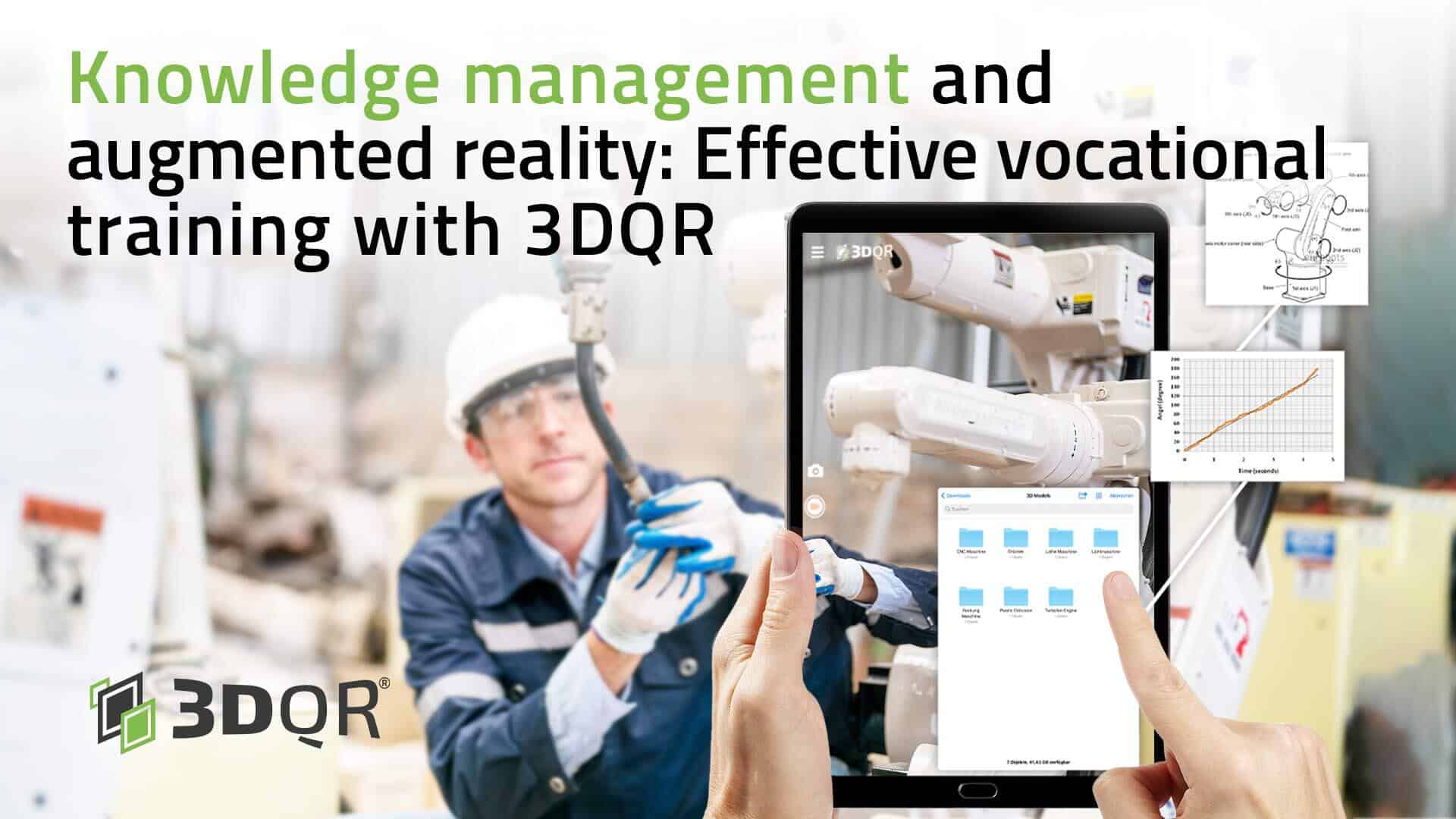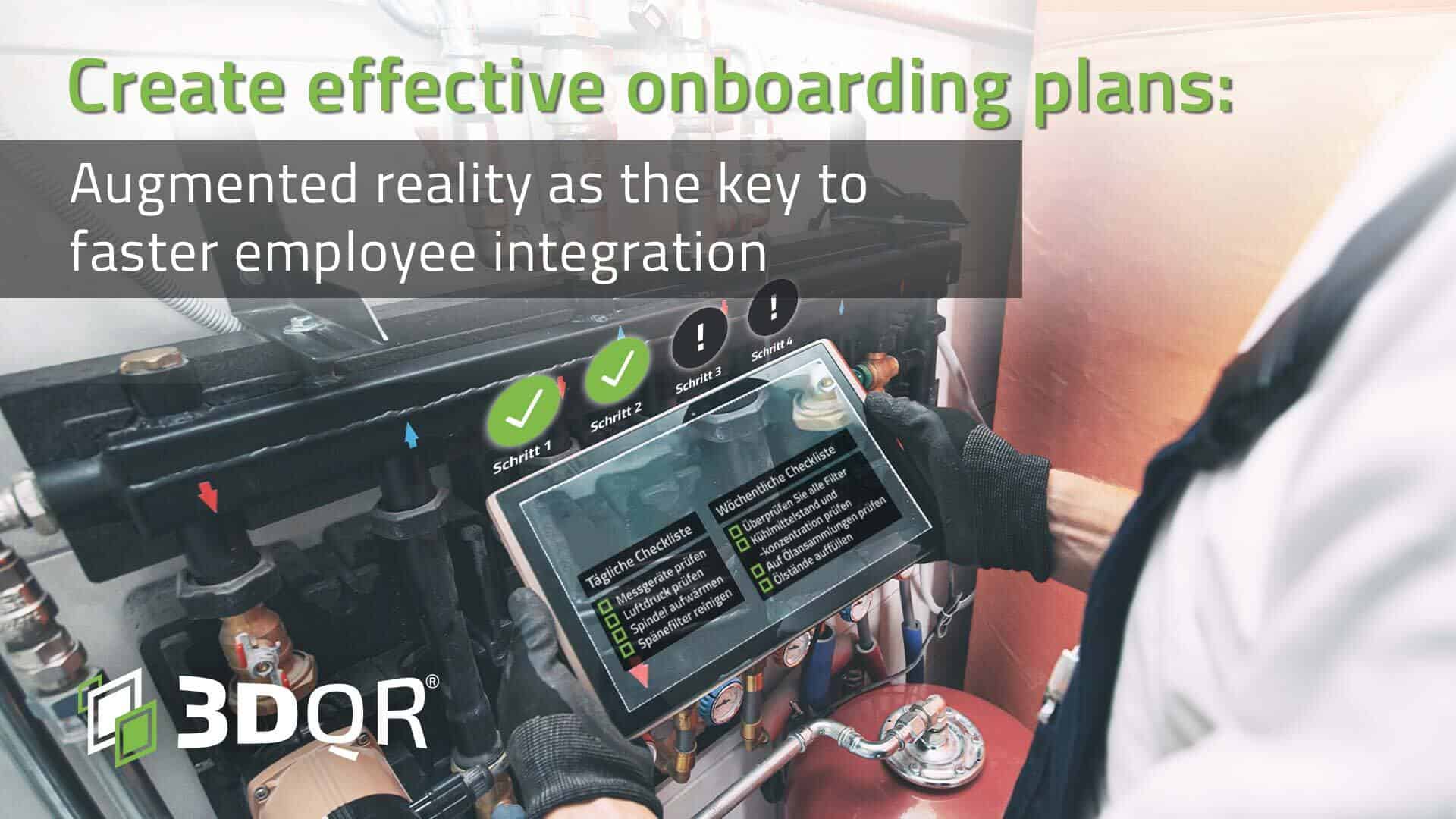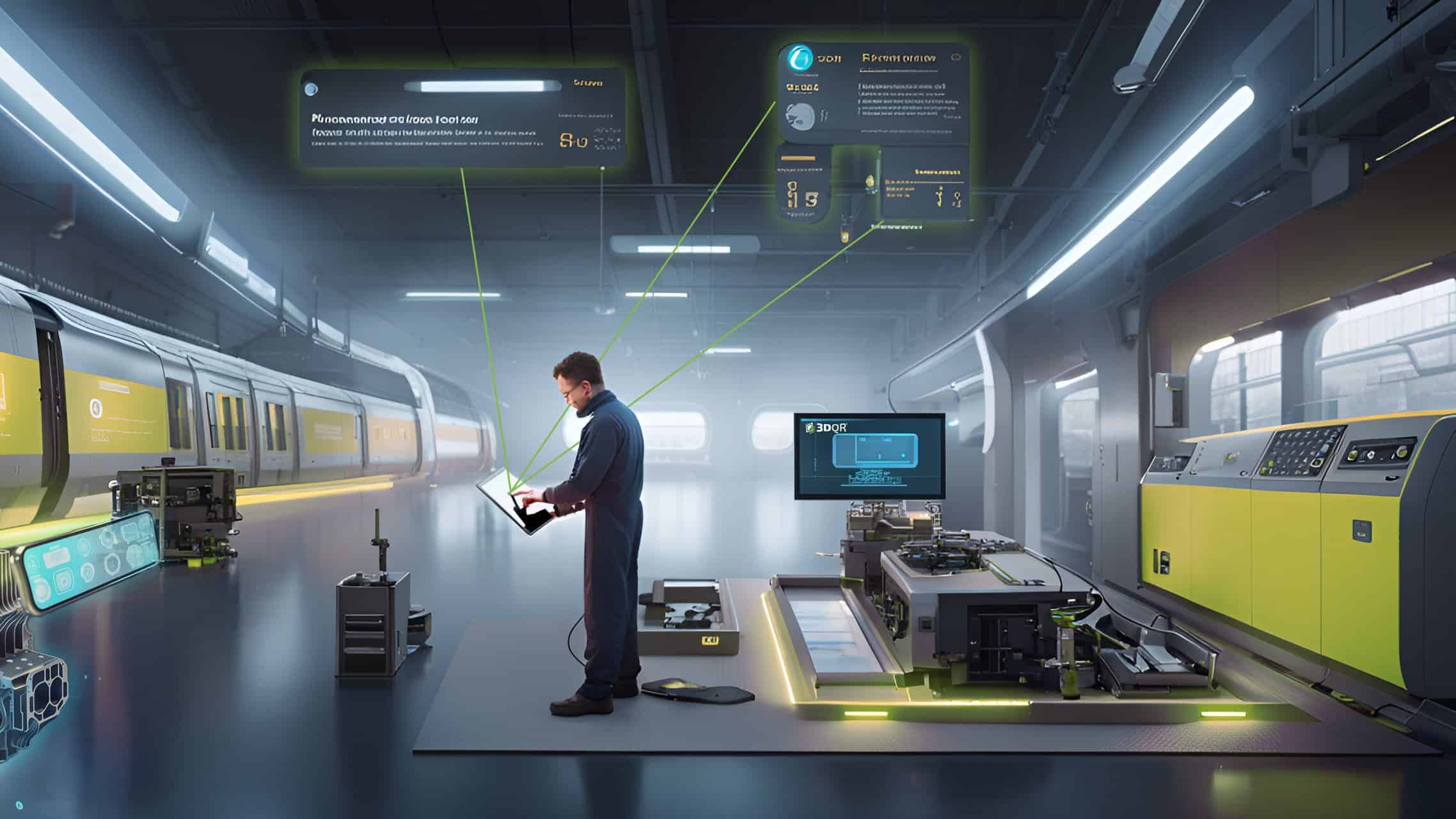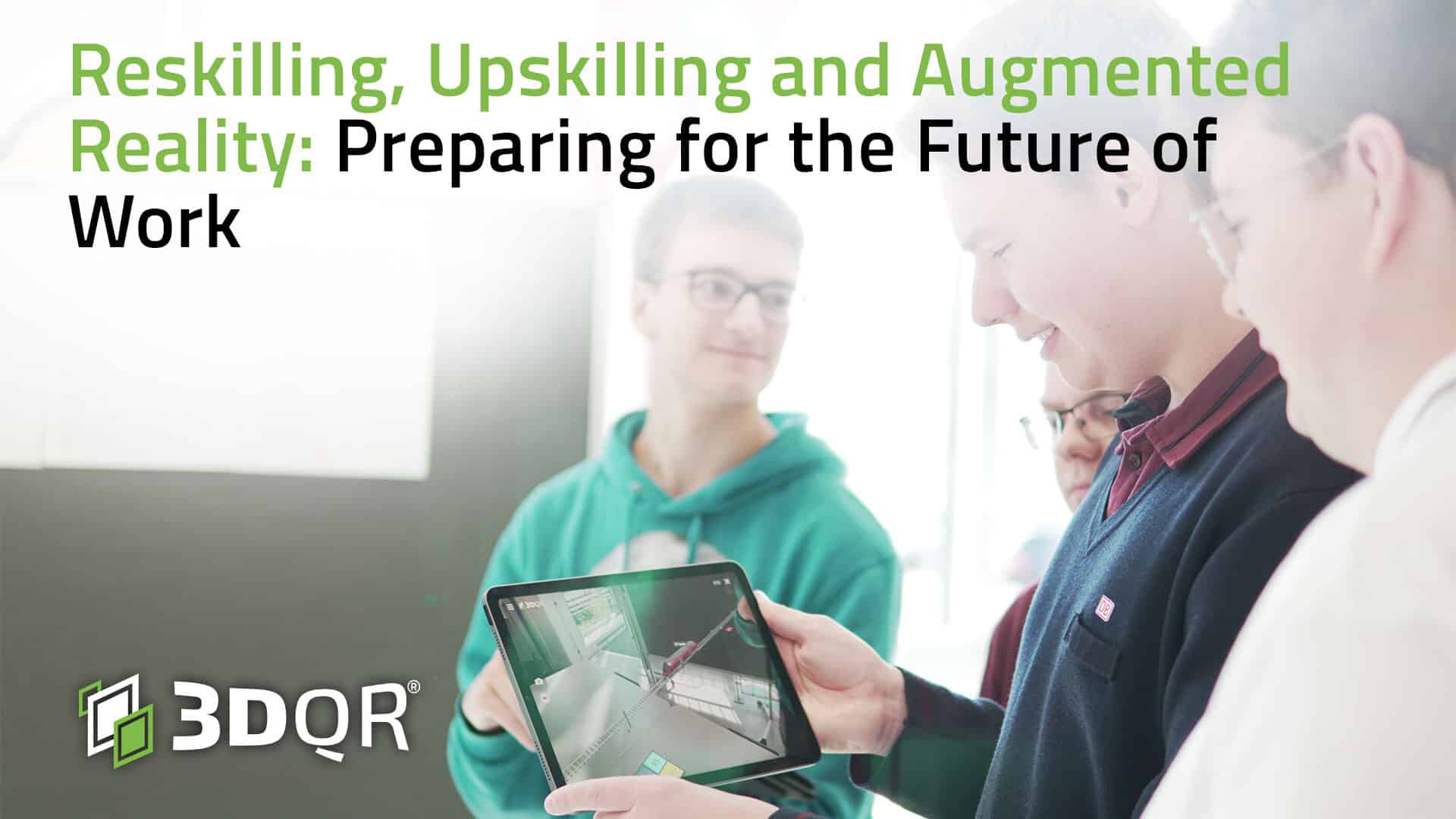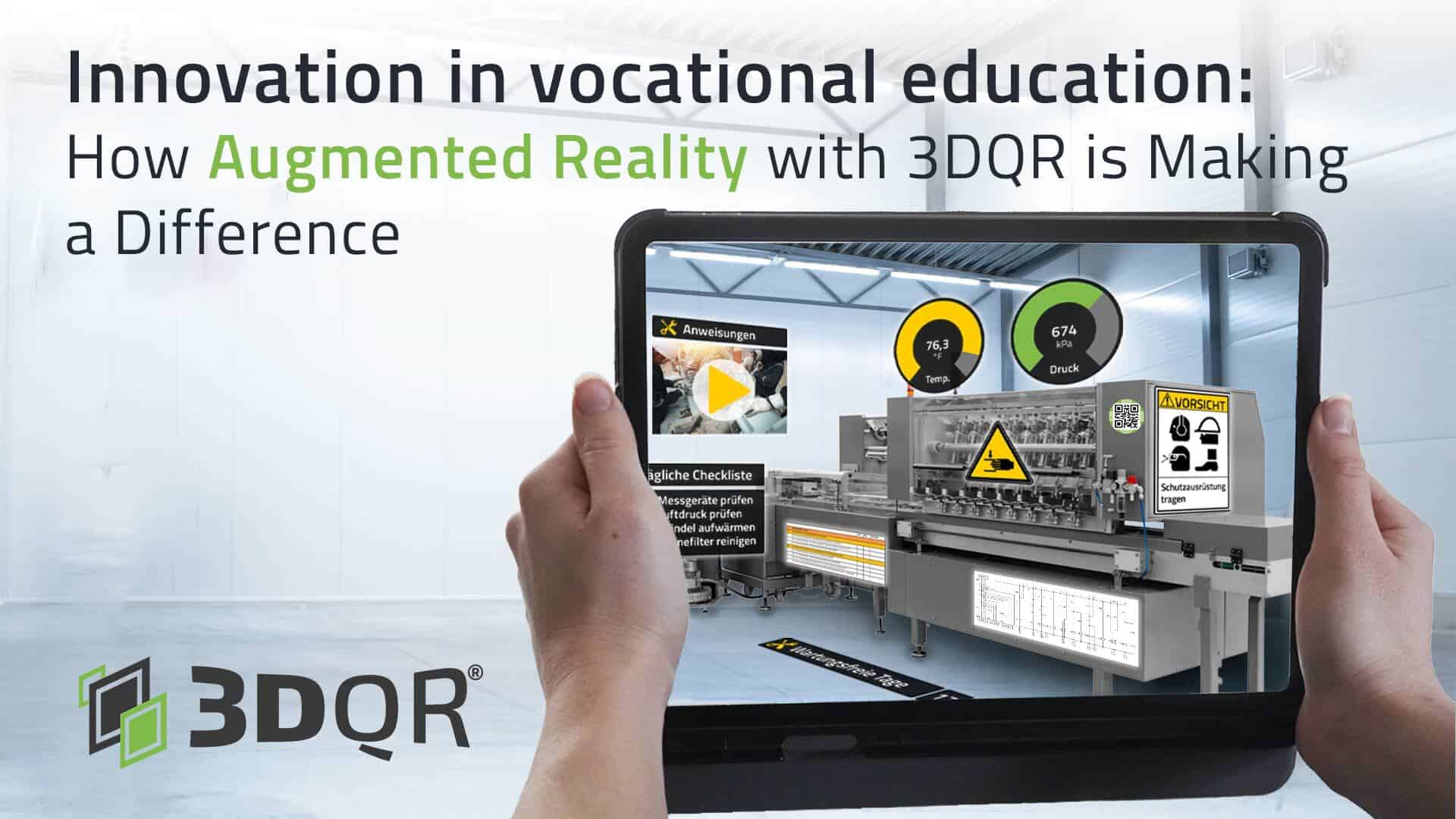Inhaltsverzeichnis
In March, Jaguar Landrover presented the electro-SUV I-Pace with virtual reality technology. The premium guests could experience the inner space of the E-SUV. The guests got a virtual sitting trial with an impressive all-round view to a virtual coast panorama and also the possibility to find every single detail of the interior of the new Jaguar SUV.
Especially the manufacturing industry and mechanical engineering increases the using of augmented reality technology, e.g. to make maintenance and installation work quicker and easier.
The breakthrough of AR and VR is mainly due to the development of the IT infrastructure, especially because in VR large data masses are processed. They can still be processed well with modern data centers, cloud infrastructures combined with artificial intelligence and powerful big-data analytics solutions.
This VR presentation of the Jaguar I-Pace was made possible by the collaboration of Dell Precision (graphics and storage capacity), Nvidia (CPU) and HTC (VR headsets). They showed that VR applications are already on a very high level of development which can revolutionize the entire industry.
In the industrial environment there are already many use cases and best practices: For example, utilities allow employees to make virtual tests before they have to deal with manual tasks in hazardous environments.This allow them to become more familiar with the situation they are looking for when they are working on the spot.
In aircraft construction, the skilled workers save themselves and their employer time and money with the complex wiring of jet turbines with the help of augmented reality. And as the first example with the Jaguar I-Pace has shown, companies can use VR to save costly prototyping, significantly accelerating the entire vehicle development process.

